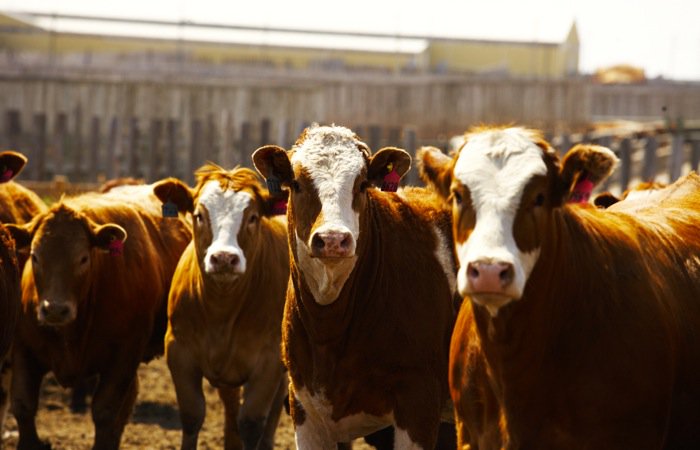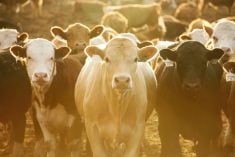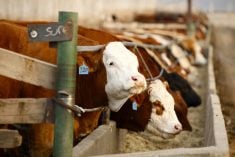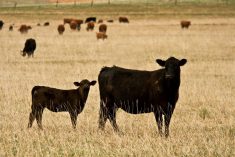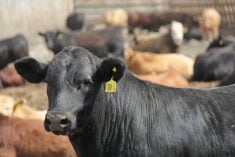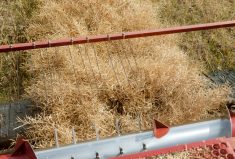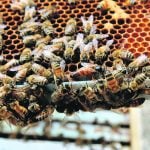Compared to last week, Alberta feeder cattle markets traded $4 to as much as $8 lower; however, Manitoba and Saskatchewan prices experienced a week-over-week decline of $3 to $5 on average. Demand from Eastern Canada appeared to limit slippage in the eastern Prairie regions but some of these markets also faltered late in the week.
U.S. feeder cattle markets were also traded $3 to $6 below week-ago levels, despite the stronger feeder cattle futures late in the week.
Buyers focused on quality and health features. Calves that were fed some silage and grain also carried a premium over those feeders coming into the ring on only grass and hay. A large variance was noted on similar-weight cattle based on diet and vaccination.
Read Also

U.S. grains: Soy futures post biggest monthly gain in nearly five years on China trade optimism
U.S. soybean futures climbed to a 15-month high and posted their biggest monthly gain in nearly five years on Friday following a rally fueled by the prospect of revived exports to China.
In central Alberta, mixed steers weighing 690 lbs. fed only hay were quoted at $191; in southern Alberta, mixed steers weighing 700 lbs. that were fed some silage and a little grain were valued at $202.
In Manitoba, mixed steers with no vaccination averaging 550 lbs. were quoted at $220; in southern Alberta, calves had to have some features including vaccination to bring that kind of price. A small group of medium-flesh vaccinated Charolais steers averaging 540 lbs. were valued at $218.
Feedlots were still willing to pay up for heavier calves in some cases; prices for 800-plus-lb. cattle were relatively flat across the Prairies. The market for higher quality 800- to 825-lb. steers traded from $188 to $194.
Alberta packers were buying fed cattle in the range of $148-$149. Feeding margins are hovering negative territory, resulting in a defensive tone for replacements. Backgrounding operators are also struggling to pencil a profitable margin with calf prices at the current levels.
The U.S. southern Plains has received normal to above normal precipitation this fall. During March 2019, there’ll be a sharp year-over year increase of yearling numbers coming off small grain pasture, which has resulted in lower prices for calves this fall.
— Jerry Klassen manages the Canadian office of Swiss-based grain trader GAP SA Grains and Produits Ltd. and is president and founder of Resilient Capital, specializing in proprietary commodity futures trading and market analysis. Jerry consults with feedlots on risk management and writes a weekly cattle market commentary. He can be reached at 204-504-8339.


